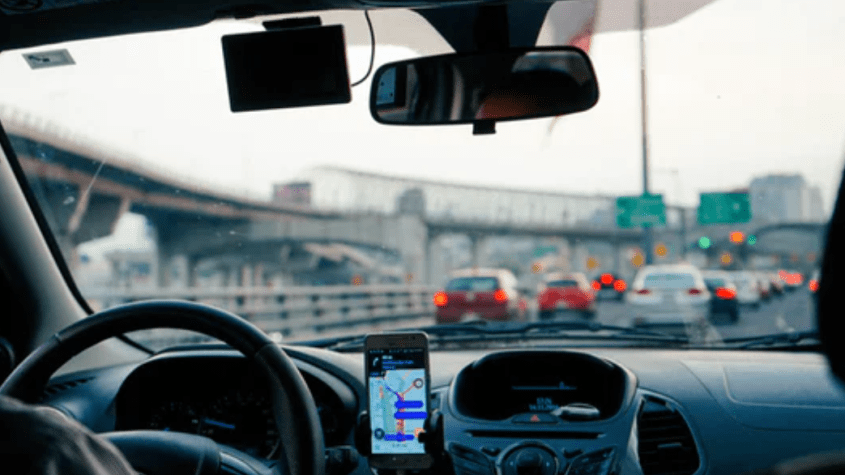A slow comeback
In the last few months, the coronavirus pandemic caused disruptions in major African markets where ride-hailing startups operate.
In Nigeria, operations ground to a halt following extensive lockdowns in key states that lasted for over a month.
In South Africa and Kenya where it was operational, social distancing rules curtailed the movement of people, and in effect business.
Curfews in Nairobi caused Uber to halt nighttime rides in March, and this was the topic of our first ever version of this newsletter.
This particularly hit the ride-hailing giant hard as data showed that its most popular request period fell into the curfew time frame.
Even though the Greenlight Hubs, its physical offices, were shut across South Africa, the company said operations would be based on the availability of drivers.
Its competition, Bolt had also faced similar challenges. But things are starting to return to normal.
More African countries are lifting lockdowns and loosening curfews in phases and this has seen people physically returning to offices as businesses reopen. Ease of lockdowns may have also resulted in a seeming reduction in hysteria and people have begun moving about their lives more actively.
Africa was predicted to be the next epicenter of the pandemic, with infection rate projections as high as 250 million, current numbers however dreary, are still incomparable with anywhere else in the world.
Cautiously testing
Regardless of this return to seeming normalcy, both services are going the extra mile with safety measures.
Bolt had earlier launched an Isolated Car service in South Africa with 500 vehicles that “have a protective barrier installed between the front and back seats, providing a physical shield between the driver and their passenger, limiting the airflow between the drivers and riders inside the cars”
The ride-hailing startup claims that demand for this service has surged so much that it had to increase vehicles to 3,000.
This figure was released one day before South Africa recorded 3,267 new cases; its highest jump since the pandemic began. The country is the hardest hit on the continent, second only to Egypt. Local courts have declared
total lockdowns illegal and if movement is to continue, Bolt will need more vehicles on its Isolated Car service.
As both companies drive basic safety campaigns for riders and passengers; open windows, compulsory face masks, contactless payment, Uber is taking it up a notch with verifications.
Globally, drivers are required to complete a ‘Go Online’ checklist before every ride, and also take verification selfies to show they are wearing masks. After these checks, riders are also informed in-app that their driver
is compliant.
This checks were put in place on the 18th of May, and Uber says it hopes to keep them up until the end of June when it will reassess situations.
A tale of two realities
Like every business in the world, the pandemic has affected both platforms, but one seems to feel it more.
Over the last two months, as CSR, Uber has asked riders to stay at home unless they have to go out for essential trips. But as phased reopenings are happening, it also needs to start moving people as soon and as fast as possible because its future may depend on it.
Uber has always bled costs without a clear path to profitability. And after losing $2.9 billion in the first quarter of 2020, recent drastic cuts to jobs and even units, the pandemic seems to have deepened the wound and highlighted a need for urgency.
Bolt on the other hand looks healthy. The company raised €100 million two weeks ago at a €1.7 billion valuation to further its expansion in Europe and Africa.
CEO and co-founder, Markus Villig, had earlier told CNBC that there won’t be layoffs, and that Bolt was on a path to profitability.
“Luckily we come from a background of being very frugal from the get go.Our approach has always been to build a lean, cost-efficient organization,” he said.
Regardless of their contrasting realities, Africa’s largely youthful and upwardly mobile population is pivotal to the ride-hailing future of both startups. And in the coming months, especially with the emergence of more competition in the industry, their pace and approach towards moving riders on the continent will be important.







